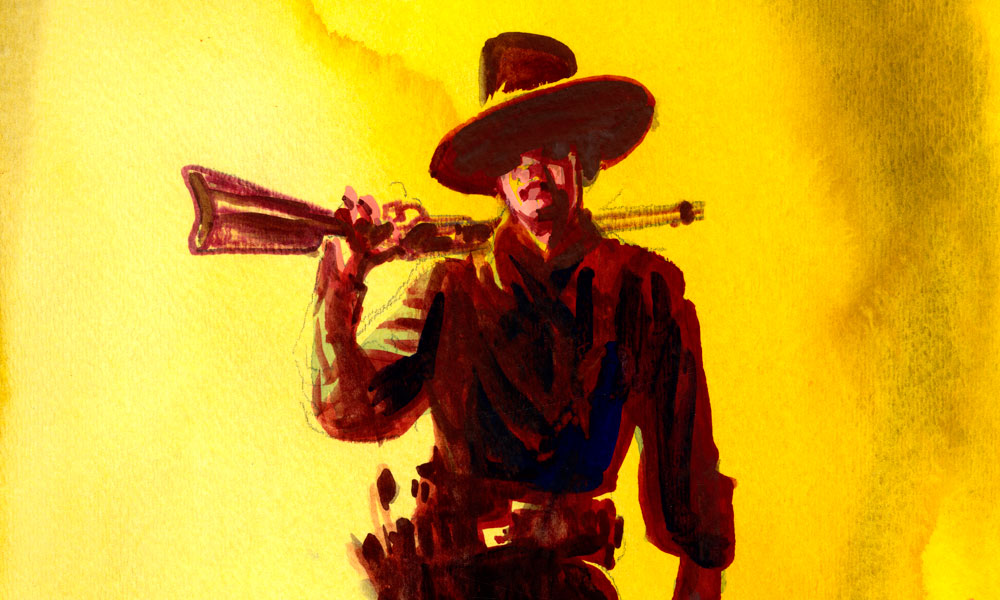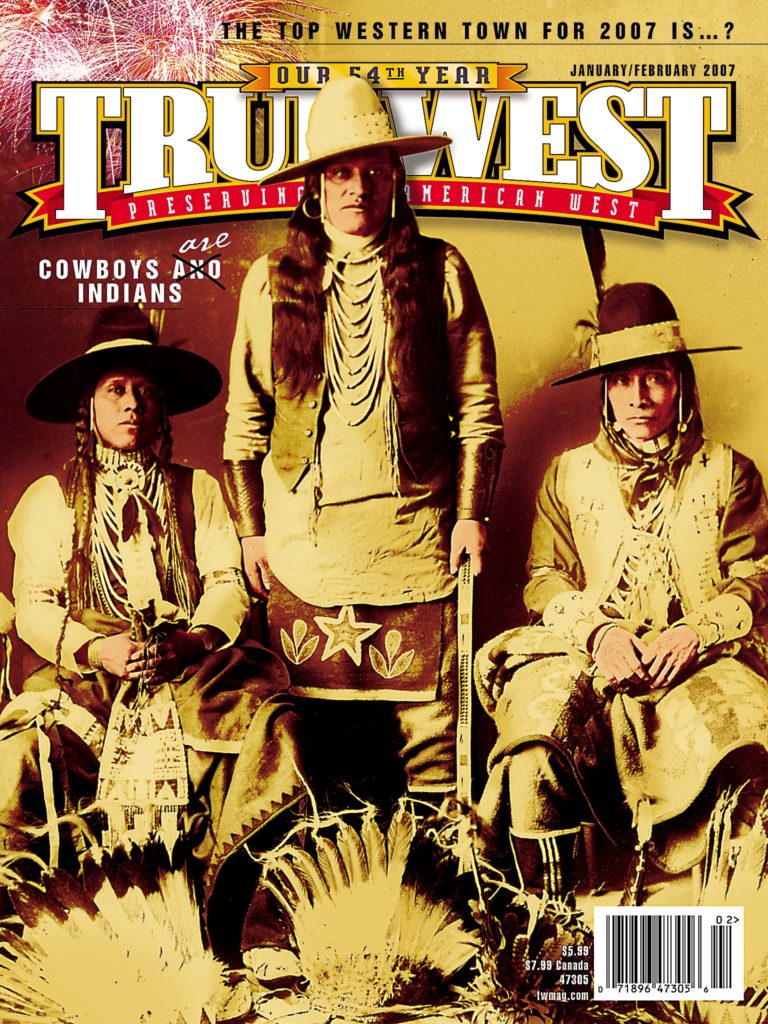 Since the day it happened, Sand Creek Massacre has maintained its station as one of the most emotionally charged and con-troversial events in American history, a seemingly senseless frontier tragedy reflective of its time and place…. [T]he seeds of Sand Creek lay in the presence of two historically discordant cultures within a geographical area that both societies coveted for disparate reasons, a situation designed to ensure conflict.
Since the day it happened, Sand Creek Massacre has maintained its station as one of the most emotionally charged and con-troversial events in American history, a seemingly senseless frontier tragedy reflective of its time and place…. [T]he seeds of Sand Creek lay in the presence of two historically discordant cultures within a geographical area that both societies coveted for disparate reasons, a situation designed to ensure conflict.
As he has done with other books, Jerome Greene, National Park Service (NPS) historian, lays bare the events of the attack at Colorado’s Sand Creek on November 29, 1864, in Finding Sand Creek: History, Archeology and the 1864 Massacre Site, cowritten with Douglas Scott, Great Plains team leader for the NPS Midwest Archeological Center. Their team study led to the establishment of Sand Creek as a National Historic Site in 2000.
These authors uncovered previously unknown documents and maps, as well as artifacts from that fateful autumn day when Col. John Chivington’s troops changed their nickname from “Bloodless Third” to “Bloody Third.”
TW: How does working with the archaeological record of a site—such as Sand Creek—change your perspective as a writer/historian?
Greene: In the case of Sand Creek, there existed no strong archaeological record because prior archaeology had failed to disclose the site of the village. The archaeological record was built only after historical research indicated the likely place where the village stood on November 29, 1864, and after the site of the sand pits (where the worst part of the massacre occurred) could thus be successfully projected. So in this instance, the archaeology confirmed what the written record indicated.
Does on-the-ground work often support or refute oral Indian history?
In the case of the Sand Creek Massacre locational project, the Indian oral history was something of a mixed bag, with some transgenerational (largely modern) accounts indeed specifying (and thus supporting) the projected location based on historical research and archaeological reconnaissance, and with some completely off the mark. Most of the oral histories stated nothing specific about the site. I believe that the real value of the modern Indian statements lies in their conveying the gravity and emotion that the people today still feel about the event as it affected them as Cheyennes and Arapahos. That, to me as an historian, is a vital and the most important attribute of the modern statements.
Finding Sand Creek is not the first Greene book to detail the story of Black Kettle and the Southern Cheyenne people. He earlier wrote Washita, a history of the November 27, 1868, attack on the Southern Cheyenne camp where troops under command of Lt. Col. George A. Custer encircled and attacked the winter camp, killing the chief, his wife and 30 or more other Cheyennes.
Among his other books are Morning Star Dawn; Nez Perce Summer, 1877; Lakota and Cheyenne; Battles and Skirmishes of the Great Sioux War, 1876-77; Yellowstone Command: Colonel Nelson A. Miles and the Great Sioux War, 1876-1877; and Slim Buttes, 1876: An Episode of the Great Sioux War. He has written National Park Service accounts of three major Indian trails, including examinations of the Navajo Long Walk of 1864, the Cheyenne Exodus Trail of 1879 from Indian Territory to Fort Robinson and Montana, and the Bozeman Trail.
Greene’s first Park Service job took him to the Little Bighorn where Custer’s Seventh Cavalry encountered Lakota and Cheyenne tribesmen in June 1876. He gained insight into the Indian stories of the frontier period when he taught Indian history courses for two years at Haskell Indian Junior College in Lawrence, Kansas (now Haskell Indian Nations University) before joining the park service permanently in 1973 as a research historian.
In Nez Perce Summer, Greene gives the most complete account of the 1877 war involving Chief Joseph and the Nez Perces since the seminal work, The Nez Perce, written by Indian historian Alvin Josephy. While Josephy dealt with a broad history of the tribe, Greene concentrated on the military engagements that occurred in 1877. He has continued the research on the subject following White Bird and the Nez Perce into Canada where they fled from Bear’s Paw Battlefield in northern Montana when most of the tribespeople followed Chief Joseph in surrender. The book is undergoing a National Park Service internal review prior to publication.
Greene is also researching Wounded Knee for a future book that he says will focus on the on-site military/Indian conflict dynamics.






